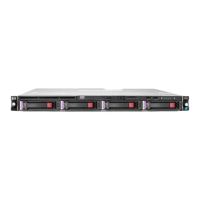
Do you have a question about the HP ProLiant DL120 G7 and is the answer not in the manual?
| Processor Sockets | 1 |
|---|---|
| Memory | Up to 32GB |
| Memory Slots | 4 |
| Memory Type | DDR3 Unbuffered (UDIMM) |
| Form Factor | 1U Rack |
| Management | HP Integrated Lights-Out (iLO) 3 |
| Processor | Intel Xeon E3-1200 series |
| Chipset | Intel C204 |
| Storage | Up to 4 LFF or 8 SFF SATA/SAS |
| Storage Controller | HP Dynamic Smart Array B110i SATA RAID Controller |
| Network Controller | HP NC112i |
| RAID Support | RAID 0, 1 |
| Power Supply | 460W Non-Hot Plug, Non-Redundant |
| Expansion Slots | 1 PCIe Gen2 x16 |
| Operating System Support | Microsoft Windows Server, Red Hat Enterprise Linux, SUSE Linux Enterprise Server, VMware |
| Network | 2 x 1GbE |
Details the physical components located on the front and rear of the server chassis.
Explains the status and meaning of LEDs on the front and rear panels.
Defines PCIe slot specifications and identifies system board components.
Describes system board LEDs and the function of the maintenance switch.
Details DIMM slot locations, SAS/SATA numbering, and BBWC module LEDs.
Identifies fan locations and the included T-10/T-15 Torx screwdriver.
Provides instructions for powering the server on and off.
Guides on removing the server from the rack and accessing the chassis.
Instructions for removing and installing internal components like PCIe riser cage and air baffle.
Information on optional installation services and rack planning resources.
Details environmental conditions and power/grounding requirements for installation.
Covers server installation, powering up, and OS setup.
Instructions on how to register the server with HP.
Guides on installing memory modules, including architecture and guidelines.
Procedures for installing, removing, and guidelines for server drives.
Installation steps for optical drives, iLO, expansion boards, storage controllers, BBWC, and TPM.
Detailed instructions for installing, retaining keys, and enabling the TPM.
General guidelines for server cabling to optimize performance and avoid damage.
Illustrates cabling for power supplies and internal USB connections.
Details cabling for BBWC, ODD, SATA, and SAS drive configurations.
Introduces various configuration tools available for server setup.
Information on SmartStart for server deployment and the Scripting Toolkit.
Details the RBSU for configuring system devices and features.
Explains the auto-configuration process and available boot options.
Covers Array Configuration Utility (ACU) and Option ROM Configuration for Arrays (ORCA).
Describes utilities for server management, recovery, and firmware updates.
Information on diagnostic tools like HP Insight Diagnostics and support resources.
Guidance on keeping system drivers, firmware, and software up-to-date.
Initial steps, safety warnings, symbols, and cautions for troubleshooting.
Collecting symptom information and preparing the server for diagnosis.
Methods like minimum configuration and checking loose connections.
Information on server LEDs and an overview of troubleshooting flowcharts.
Flowcharts for power-on, POST, OS boot, and fault indication problems.
Reference for POST error messages and system beep codes.
Safety precautions and instructions for replacing the server battery.
Covers FCC regulations, declarations, modifications, and cables.
Includes EU disposal, Japanese, BSMI, Laser, and battery recycling notices.
Guidance on preventing system damage from static discharge and grounding techniques.
Details the operating environment and physical dimensions of the server.
Provides technical details for the server's power supply units.
Information needed before contacting HP and HP's contact details.
Details HP's program for customer replacement of parts.
Defines common acronyms and abbreviations used in the document.

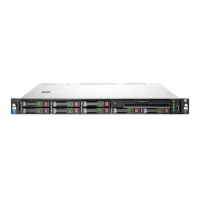
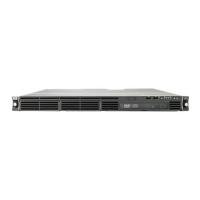
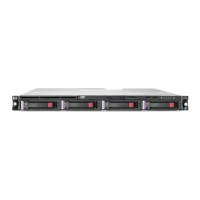
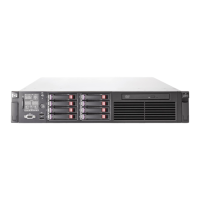
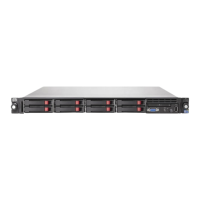
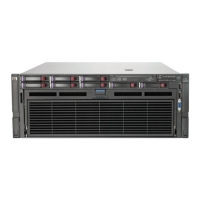
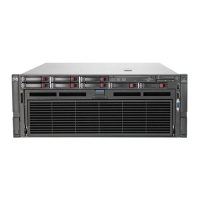
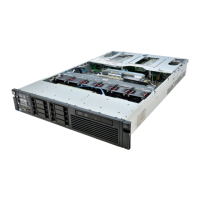
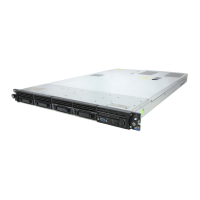
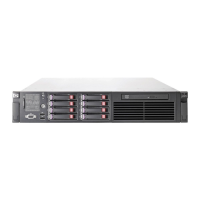

